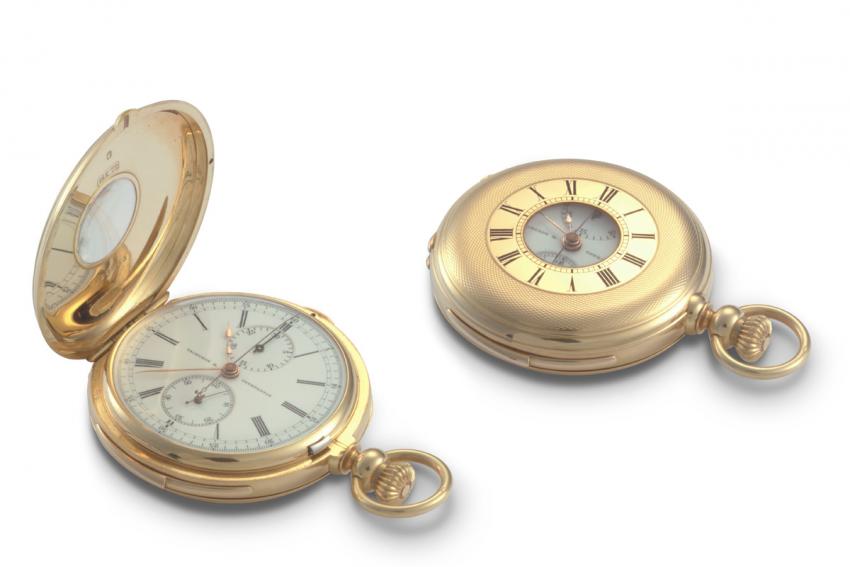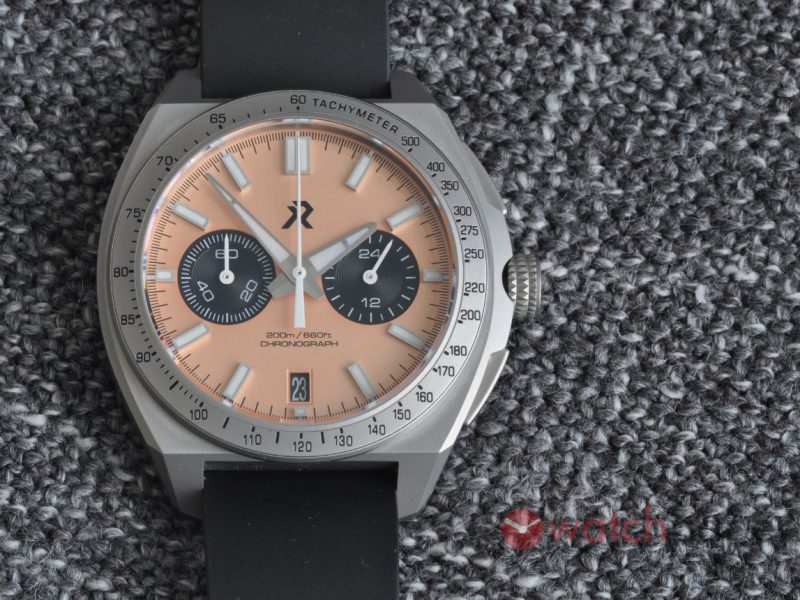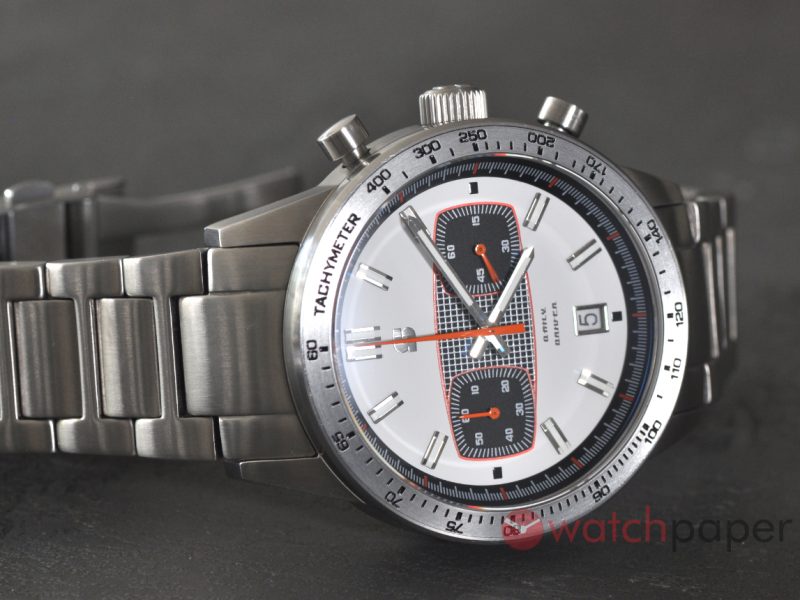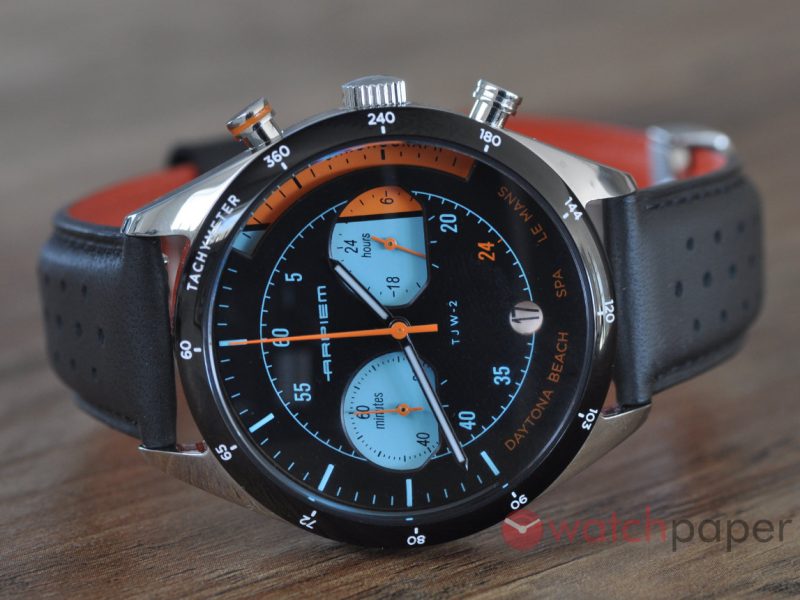The chronograph through time with Vacheron Constantin
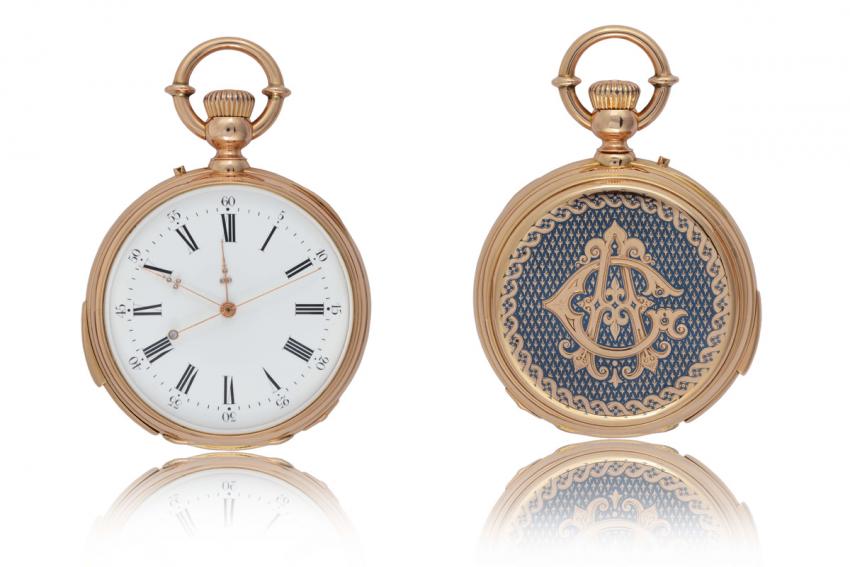
Vacheron Constantin Independent center-seconds watch, quarter repeater from 1873. The center-seconds hand could be stopped by pressing the slide piece on the case band.
Until the end of March, Vacheron Constantin is welcoming you to an exhibition dedicated to the history of short-time measurement. Open on the first floor of their historical premises on the Quai de l’Ile in Geneva, the exhibition is showcasing 60 watches selected from their private collection of more than 1,300 pieces.
This new exhibition testifies to an impressive ability to adapt to the most varied demands, in an age when watches were a significant factor in progress, and when scientific or sporting performances were still measured by mechanical devices. When the central sweep-seconds hand was introduced during the latter half of the 18th century, watchmakers rapidly sought a means of holding it still and making it independent from the mechanism driving the hours and minutes hands.
The visit is organised around five themes: simple pocket watches, simple wristwatches, watches displaying various scales, split-seconds chronographs, and finally watches with sophisticated complications.
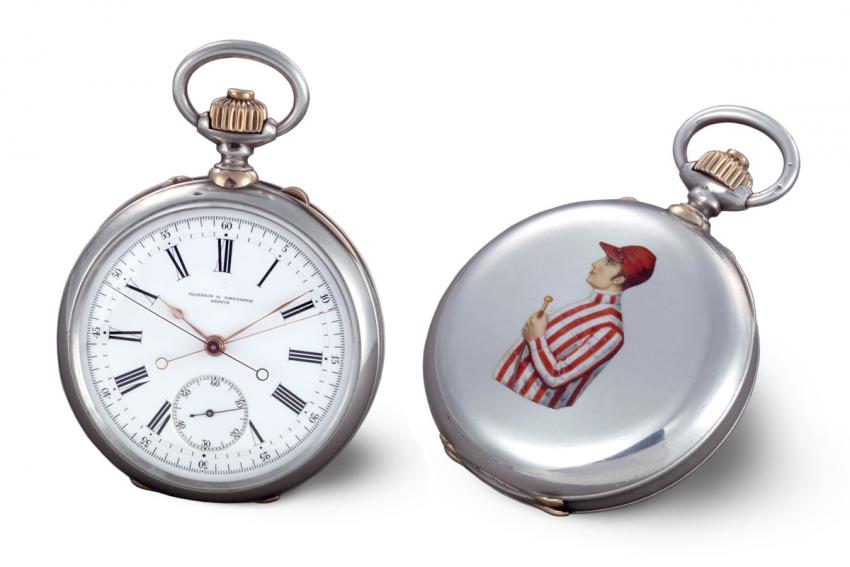
Vacheron Constantin split-seconds chronograph from 1889. Silver and red gold, enameled coat of arms on the case back. Chronograph push-piece in the crown and split push-piece on the case band.
The first section presents so-called simple pocket watches perfectly illustrating this horological heritage in a supremely classic construction. The rounded curves of the smooth-polished cases in 18-carat gold, the immaculate white enamel dials, as well as the slender hands, all promote the perfect readability of the chapter ring and the counters.
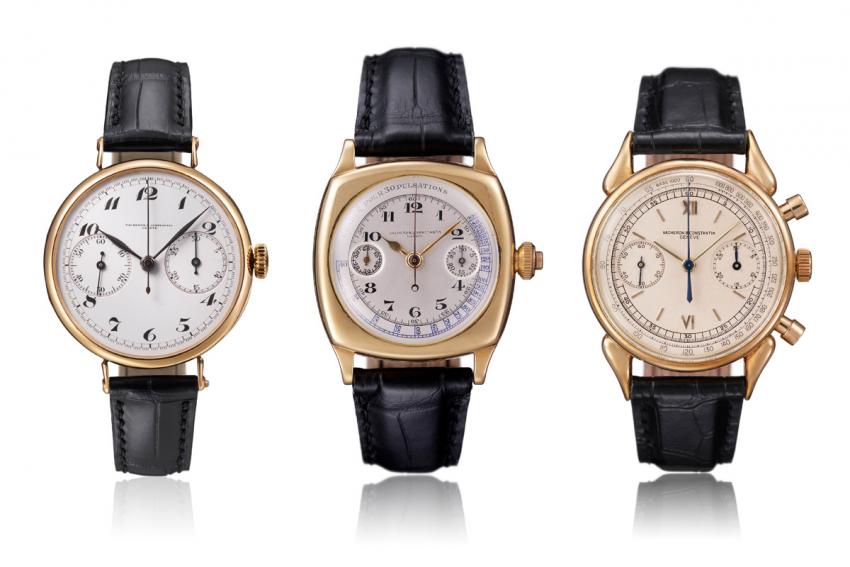
Three Vacheron Constantin chronograph wristwatches: a mono-pusher minute-counter from 1916 on the left, a mono-pusher minute-counter from 1928 in the center and a minute-counter with “cow-horn” lugs from 1954 on the right.
From the 1910s onwards, the chronograph migrated to the wrist. While it still bore the hallmarks of former pocket-watch versions, it soon began to reveal its own personality. The 1928 model already displays a distinctive character. This cushion-shape mono-pusher chronograph bears a pulsometric scale, “pear-shape” hands and Arabic numerals in black enamel. A little further along, various iconic chronograph wristwatches from the 1930s to the 1960s (models 4072, 4178 and 6087) feature consistently different faces.
Vacheron Constantin also presents chronographs displaying several graduation systems, serving to perform combined measurements and thereby meet the expectations of certain industrialists, engineers, doctors and even horsebreeders.
Often equipped with a tachometric scale to measure the speed of a mobile element, they sometimes feature a telemetric scale – an instrument indispensable to artillerymen – or a sphygometer (blood pressure measuring instrument) which was useful for medical diagnoses. Other models complement the chronograph function with a split-seconds system serving to measure phenomena beginning at the same time but of varying duration by providing intermediate/split times.
Finally, the exhibition ends with a stunning array of horological complications, an incredibly elaborate domain in which Vacheron Constantin has resolutely proven its abilities.
“The Chronograph through Time” exhibition, running until the end of March 2015
Maison Vacheron Constantin, 7 Quai de l’Ile, 1204 Geneva
By appointment only, call: 022.930.20.05


